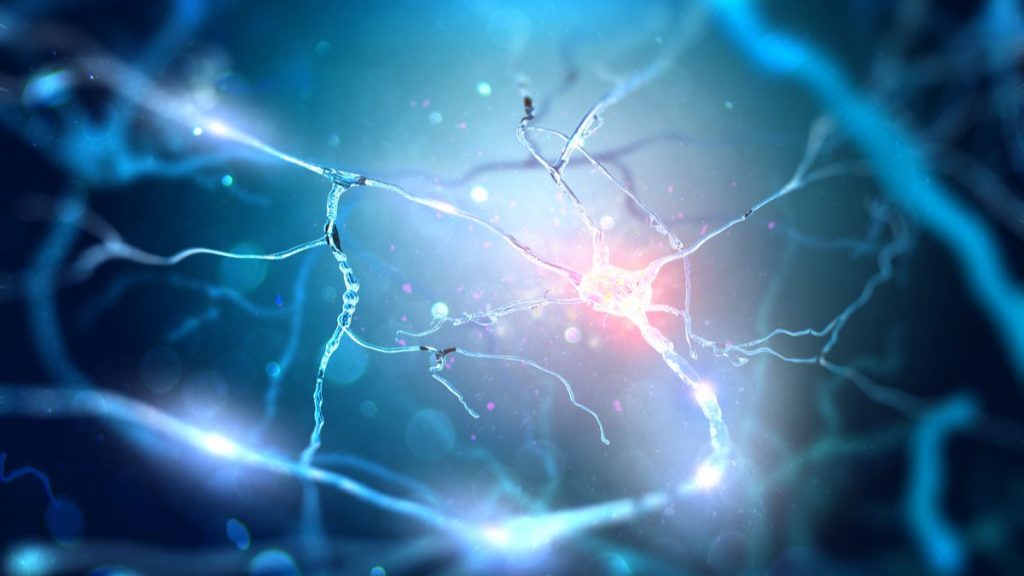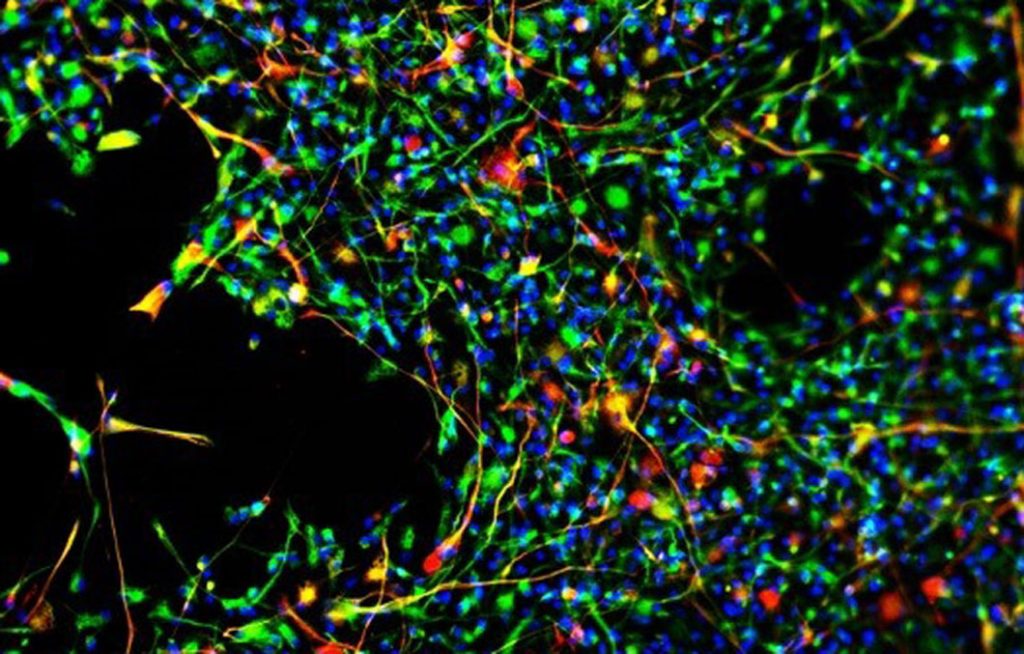
American researchers have developed a compound capable of mimicking inflammatory signals in order to attract stem cells to damaged tissues, without causing additional inflammation.
Attract stem cells and initiate the healing process without causing inflammation
Inflammation is the body’s natural response to injury or damage, resulting in swelling to allow better blood flow to the affected area. This also acts as a warning signal to attract the attention of the immune system to promote the healing process, in which stem cells play a major role.
In theory, inflammation could be used to attract these regenerative stem cells to injury, but there are of course risks. Chronic inflammation is the basis of diseases like arthritis, multiple sclerosis, and disease. Crohn, and has even recently been linked to cardiovascular disorders,Alzheimer’s and depression. In the context of work recently presented in the journal PNASSo the researchers looked for ways to summon stem cells using the inflammatory signals without causing additional inflammation.
To do this, scientists from Sanford Burnham Prebys Medical Discovery Institute modified an inflammatory molecule called CXCL12, known for its ability to attract stem cells. They discovered that the latter contained two “pockets” (one linked to stem cells and another dedicated to inflammatory signaling) and therefore developed a drug that maximizes this link but attenuates the signaling.
Baptized SDV1, the compound has been designed so that it can be injected into almost any part of the body, to attract stem cells and initiate the healing process of an injury without causing inflammation.

First extremely promising results
” As inflammation can be dangerous, we have modified the CXCL12 molecule by removing the risk and maximizing the beneficial effects “, Explain Evan snyder, lead author of the study. ” We now have a drug that attracts stem cells to a pathological region, but without creating unwanted inflammation or making it worse.. “
The team tested the drug in mice with neurodegenerative disease Sandhoff. The SDV1a as well as human neural stem cells have been injected into the brains of several rodents, resulting in stem cells better able to migrate to where they are needed and initiate the healing process. In the latter, the researchers observed an extended lifespan, a delayed onset of symptoms, as well as a lasting improvement in motor function and a visible reduction in inflammation compared to the specimens in the control group.
” We are confident that the mechanism of action of this drug could potentially prove beneficial for a variety of neurodegenerative disorders, as well as non-neurological conditions such as heart disease, arthritis and even brain cancer. », Concludes Snyder.

